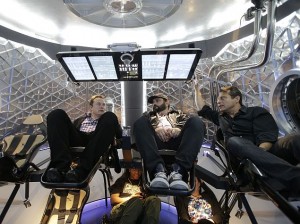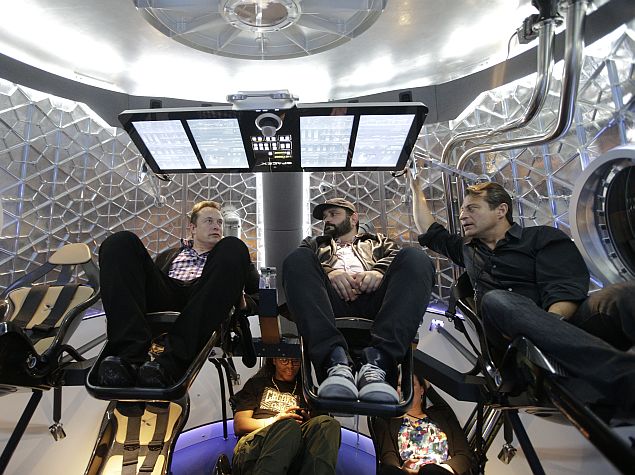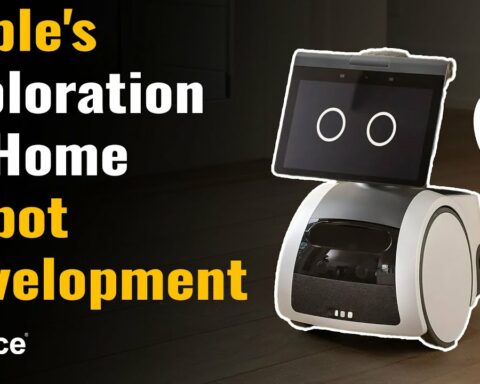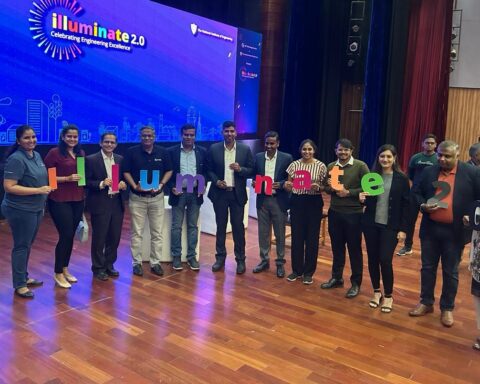Nasa has successfully tested new cutting-edge technologies that  would enable spacecraft to land at a specific location on Mars or any other planetary body with more precision than ever before.
would enable spacecraft to land at a specific location on Mars or any other planetary body with more precision than ever before.
In collaboration with Masten Space Systems in California, engineers at Nasa’s Jet Propulsion Laboratory recently tested these technologies on board a high-tech demonstration vehicle called the Autonomous Descent and Ascent Powered-flight Testbed (ADAPT).
ADAPT is a test system built on Masten’s “Xombie” vertical-launch, vertical-landing reusable rocket. The Xombie platform provides a good approximation of Mars-like descent conditions through high-speed descent rates at low altitudes.
Those conditions are difficult to achieve through conventional flight test platforms.
Onboard this rocket, two sophisticated lander technologies were recently tested: Terrain Relative Navigation with a sensor called the Lander Vision System (LVS), and the Guidance for Fuel-Optimal Large Diverts (G-FOLD) algorithm.
“No previous Mars lander has used onboard surface imaging to achieve a safe and precise touchdown, but a future spacecraft could use LVS and G-FOLD to first autonomously determine its location and then optimally fly to its intended landing site,” said Nikolas Trawny, ADAPT’s principal investigator at JPL.
“All of this happens on board, without human intervention, and in real time,” said Trawny.
ADAPT technology has numerous potential applications, including landing on the Moon, asteroids and other space targets.
The terrain-relative navigation capability provided by LVS allows Xombie to precisely determine its position without requiring GPS.
To do so, ADAPT first takes a series of pictures of the terrain below it during descent.
These pictures are then compared to an image of the terrain stored onboard, allowing the vehicle to autonomously find its position relative to the landing site.
The spacecraft can then use this information to correct its course to get as close to the targeted landing site as possible within its capability, and make a smooth, pinpoint landing.
G-FOLD is an algorithm, developed at JPL and at the University of Texas at Austin, that calculates the optimal path to divert a spacecraft to a target landing site in real time.
For the first time, G-FOLD allows onboard calculation of divert trajectories that obtain the maximum performance from every kilogramme of propellant.
The combination of LVS and G-FOLD allowed the Xombie rocket to begin to change the course of its descent at about 190 meters in the air.
The rocket then flew the newly calculated course to successfully reach the target landing pad located 300 meters to the east.








